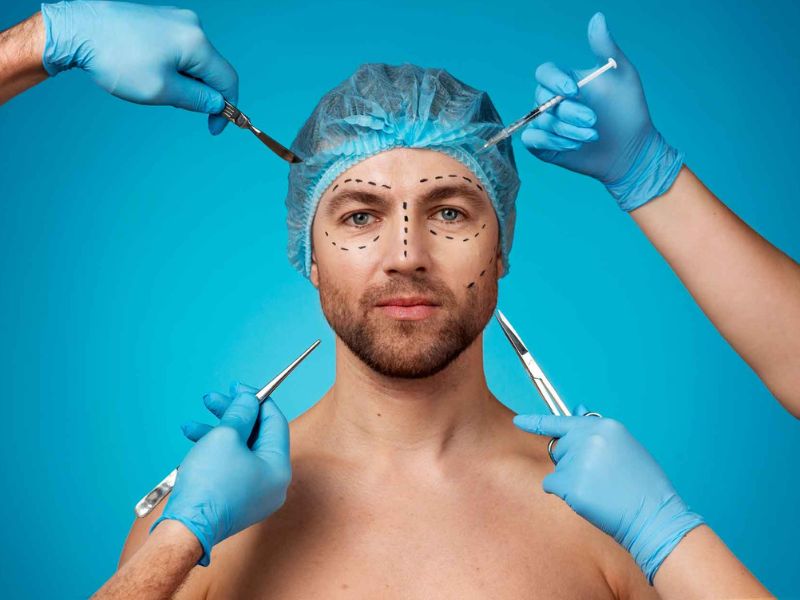Why Is It Called Plastic Surgery?
By Dr. Andrés Pérez Nieto
A humorous anecdote I often recall is when a patient once asked me, “Dr. Pérez, for my plastic surgery, do you provide the plastic, or should I?” While this question is amusing, the term “plastic surgery” has nothing to do with the synthetic material we associate with plastics today. Its origins are much older and more technical.
The Origins of the Term “Plastic Surgery”
The term “plastic surgery” is derived from two ancient Greek words:
- “Χειρουργική” (Cheirourgikē): Meaning “surgery,” this comes from “cheir” (hand) and “ergon” (work).
- “Πλαστικός” (Plastikos): Meaning “to mold” or “to shape.”
In this context, “plastic” refers to the surgeon’s ability to mold and reshape tissues, not the modern synthetic material. This etymology emphasizes the sculpting aspect of surgery, where the surgeon works with the body’s natural tissues to restore form and function.
The History of Plastic Surgery
Although the term “plastic surgery” only became widely recognized in the mid-19th century, its practices date back thousands of years. One of the earliest references to reconstructive surgery comes from India, around 3,000 years ago. The Indian surgeon Sushruta documented surgical techniques, including rhinoplasty (nose reconstruction) in his medical text, the Sushruta Samhita. This ancient procedure involved using a skin flap from the forehead to reconstruct amputated noses, marking one of the earliest examples of plastic surgery.
The Evolution of Surgical Techniques
During the Roman Empire, physicians advanced the use of skin grafts—skin flaps taken from one part of the body and transplanted to another area to aid in reconstruction. This technique proved essential for healing burn victims and other injuries.
However, during the Middle Ages, surgery faced setbacks due to restrictions imposed by the Church, which limited medical procedures. It wasn’t until the Renaissance that new surgical techniques were rediscovered and improved.
The Birth of Modern Plastic Surgery
The 19th century saw the rise of modern plastic surgery as a recognized medical specialty. Carl Ferdinand von Graefe, a German surgeon, helped cement its place in medicine by publishing his groundbreaking work, Rhinoplastik, which detailed methods for nasal reconstruction. This paved the way for more advanced reconstructive techniques, including skin grafts, burn treatments, and cleft lip and palate repairs.
Since then, plastic surgery has evolved into a vital specialty, expanding into both reconstructive and aesthetic fields. Today, plastic surgeons not only restore form and function but also enhance physical appearance through cutting-edge procedures.
Conclusion
So, the term “plastic surgery” doesn’t refer to the use of synthetic materials but to the ancient art of reshaping and reconstructing tissues. From its origins in ancient India to its modern advancements, plastic surgery continues to be a dynamic and essential medical specialty.
For anyone considering plastic surgery, it’s important to understand the rich history and technical expertise behind the procedure. Whether you seek reconstructive surgery or aesthetic enhancements, you can trust that plastic surgeons bring years of knowledge and precision to the art of reshaping and restoring the human body.

